Looking for a simple syrup substitute? From easy swaps to homemade sugar-free simple syrups, you’ve got options!
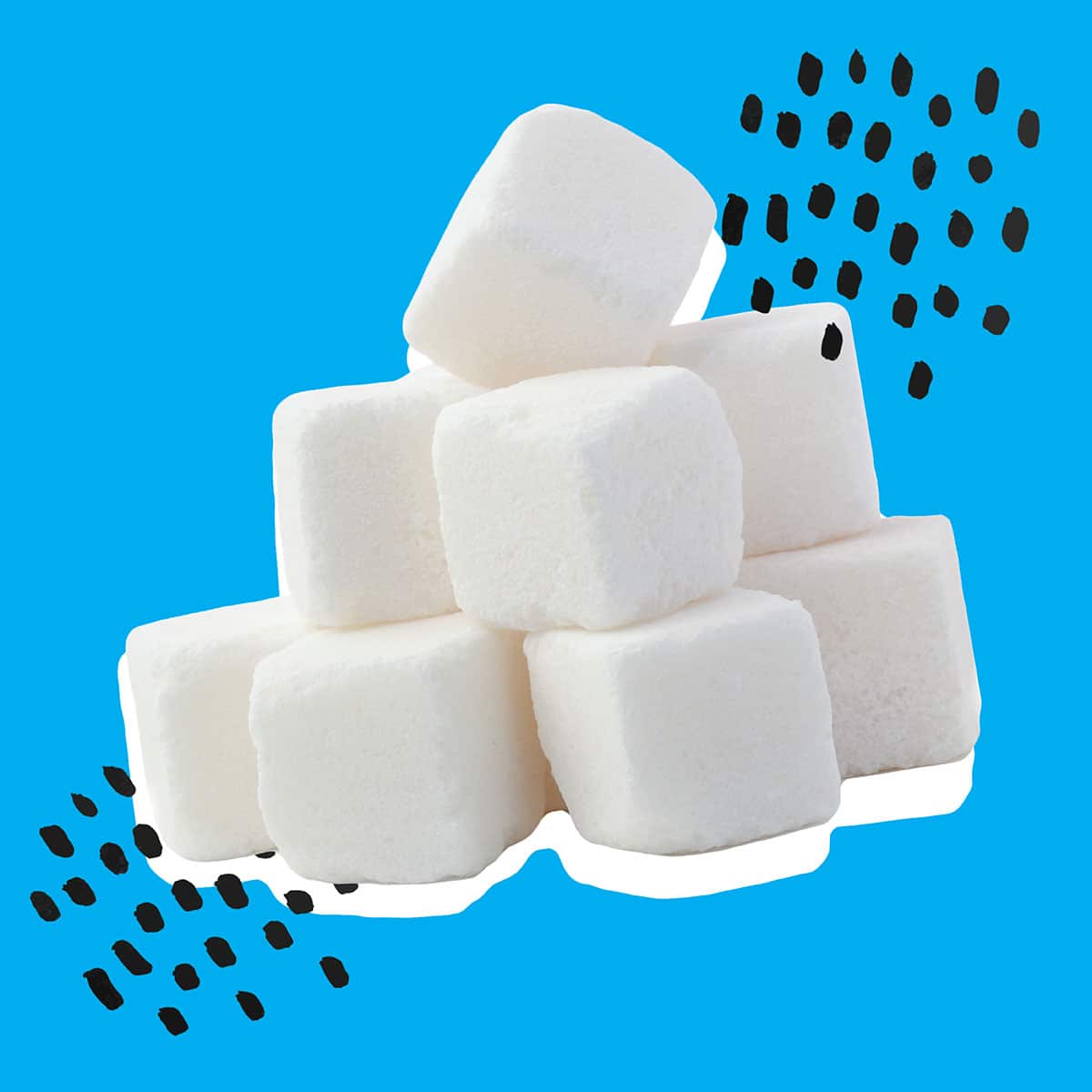
What is Simple Syrup?
Simple syrup is a syrup made by combining sugar and water. Simple syrup is a key ingredient to many cocktails.
You can buy it in the beverage aisle at your grocery or at any liquor store, but it is also incredibly easy to make!
How to Make Simple Syrup
Simple syrup is made from equal parts water and sugar. Normal table sugar is most commonly used, but you can experiment with other types. You can also make a richer syrup using two parts sugar to each part water.
Once mixed, you simply heat it on the stove in a saucepan over medium heat stirring until the sugar dissolves. Once it dissolves, let it cool before sealing your syrup in a glass jar or bottle in the fridge. It should easily last a month if sealed, and often lasts longer.
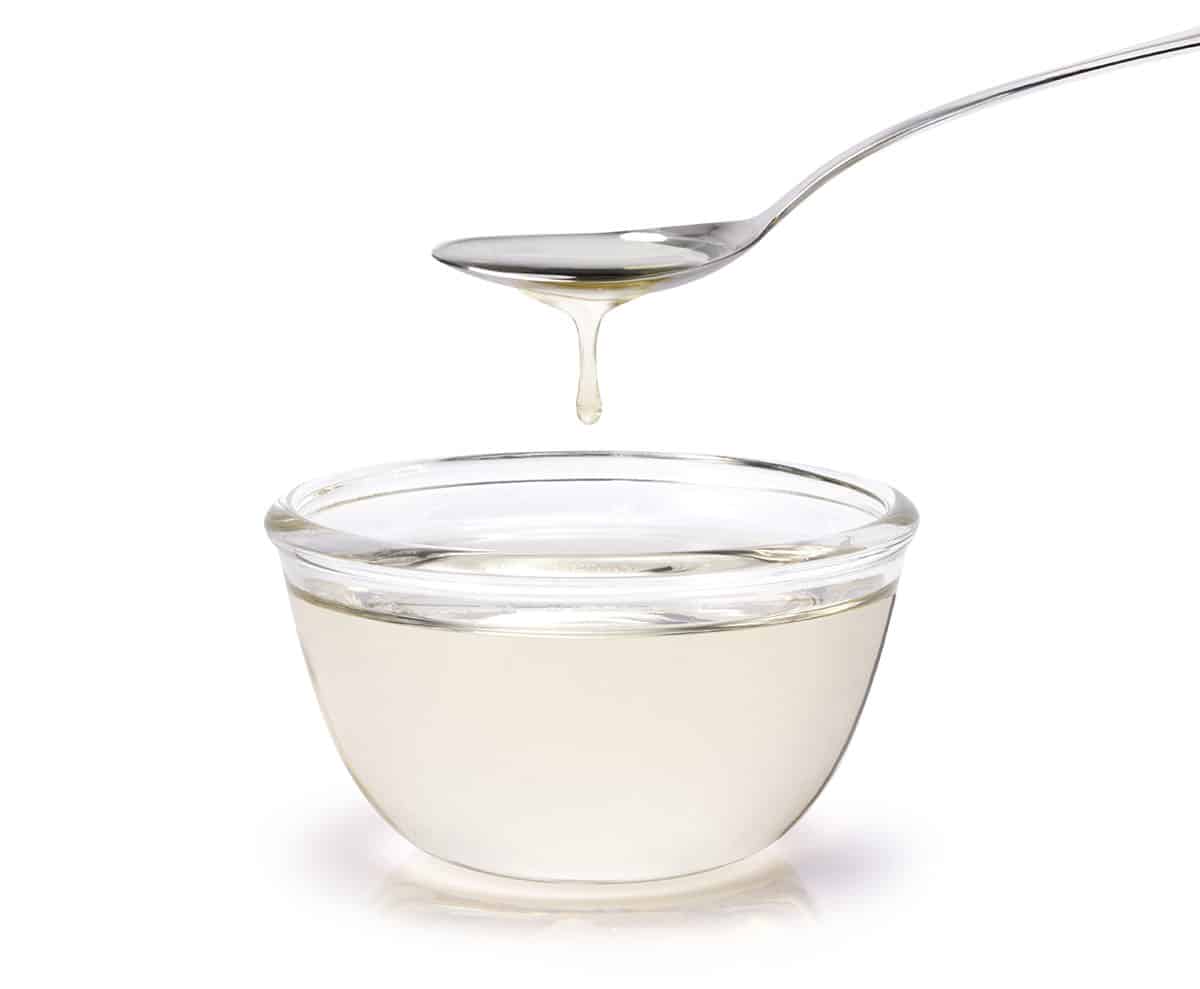
Best Substitutes for Simple Syrup
The three most popular substitutes for simple syrup are honey, agave, and maple syrup.
Honey as a Simple Syrup Substitute
Honey is a fantastic natural alternative to traditional simple syrup. It brings a rich, distinctive sweetness to cocktails and recipes. Its unique flavor profile, with subtle floral or fruity undertones depending on the type, can add a delightful complexity to your drinks and dishes.
Honey’s consistency might affect the texture of your creation, so a little experimentation may be needed. We recommend adding a little water to the honey to give it the right simple syrup consistency.
Agave Nectar as a Simple Syrup Substitute
Agave nectar, derived from the agave plant, is a versatile sweetener that works brilliantly as a simple syrup replacement. It boasts a neutral, mild sweetness that won’t overpower the flavors in your cocktails or recipes. With a lower glycemic index compared to regular sugar, agave is a healthier alternative, making it an excellent choice for those watching their sugar intake.
Since it’s a liquid sweetener, agave blends seamlessly with cold beverages and recipes that don’t require heat. Agave syrup can be used 1 for 1 as a simple syrup replacement.
Maple Syrup as a Simple Syrup Substitute
Maple syrup offers a rich, robust sweetness with subtle caramel undertones, making it a wonderful alternative to simple syrup. Its distinctive flavor profile adds a unique twist to cocktails and recipes, particularly those with warm, comforting notes.
When using maple syrup in place of simple syrup, consider that it’s more viscous and carries a stronger taste. Adjust the quantity accordingly to achieve your desired level of sweetness. Keep in mind that the flavor of maple syrup can be quite dominant, so pair it thoughtfully with other ingredients in your dish or drink.
Low Carb Simple Syrup Substitutes
Looking for a low-carb, low-calorie, or keto friendly simple syrup? Try one of these two options.
Monk Fruit Simple Syrup
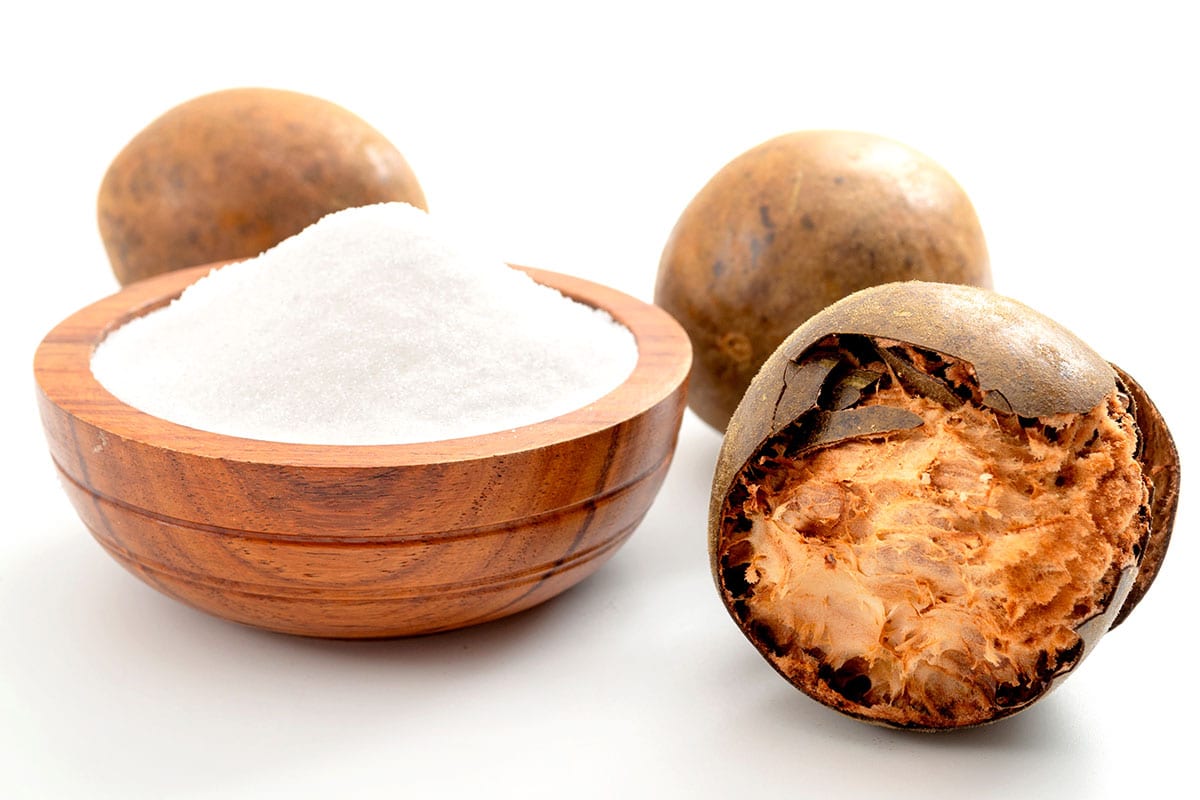
Making monk fruit simple syrup is a straightforward process. Monk fruit is a natural sweetener that comes from the extract of the monk fruit, and it’s a popular alternative to sugar due to its zero-calorie and low glycemic index properties. Use the same 1:1 mixture of monk fruit and water and follow the simple directions we provided above.
Stevia Simple Syrup (from leaves)
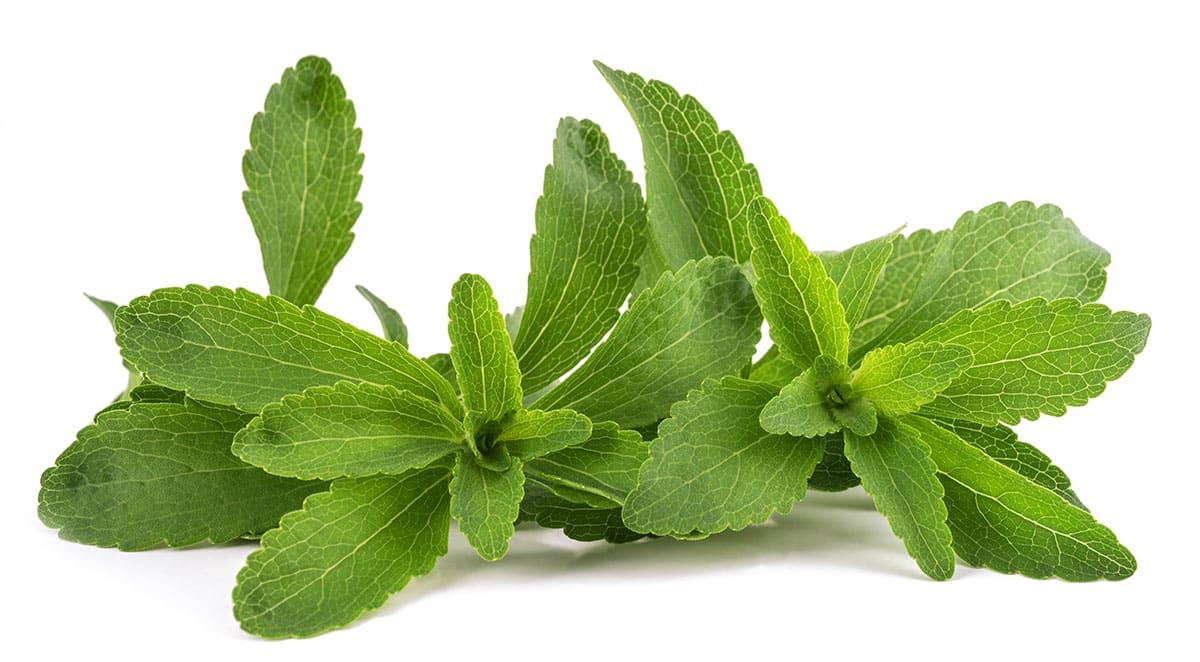
Making stevia simple syrup is an easy and natural way to sweeten your beverages without using regular sugar. Stevia is a natural sweetener extracted from the leaves of the stevia rebaudiana plant. Here’s a simple recipe for making stevia simple syrup from the leaves:
Ingredients
- 1 cup water
- 1/4 cup dried stevia leaves or 1/2 cup fresh stevia leaves (you can find dried stevia leaves at health food stores or online)
- Optional: 1 teaspoon of vegetable glycerin (this helps to preserve the syrup and enhance the sweetness)
Instructions
- Rinse: Rinse the stevia leaves (if fresh) under cool running water.
- Cook: In a small saucepan, combine the water and stevia leaves. Bring the mixture to a boil over medium heat. Once it reaches a boil, reduce heat to low and let it simmer for about 10 minutes. This will help extract the sweetness from the stevia leaves.
- Strain: Remove the saucepan from the heat and let the mixture cool for a few minutes. Strain the liquid through a fine-mesh strainer or cheesecloth into a glass jar or bottle. This will separate the liquid from the stevia leaves, leaving you with the stevia-infused simple syrup.
- Optional Step: If you want to enhance the sweetness and preserve the syrup, you can add a teaspoon of vegetable glycerin to the strained liquid. Stir well to combine.
- Store: Let the stevia simple syrup cool to room temperature before sealing the jar or bottle with a lid. Store the stevia simple syrup in the refrigerator for up to two weeks.
Stevia Simple Syrup (from granulated powder)
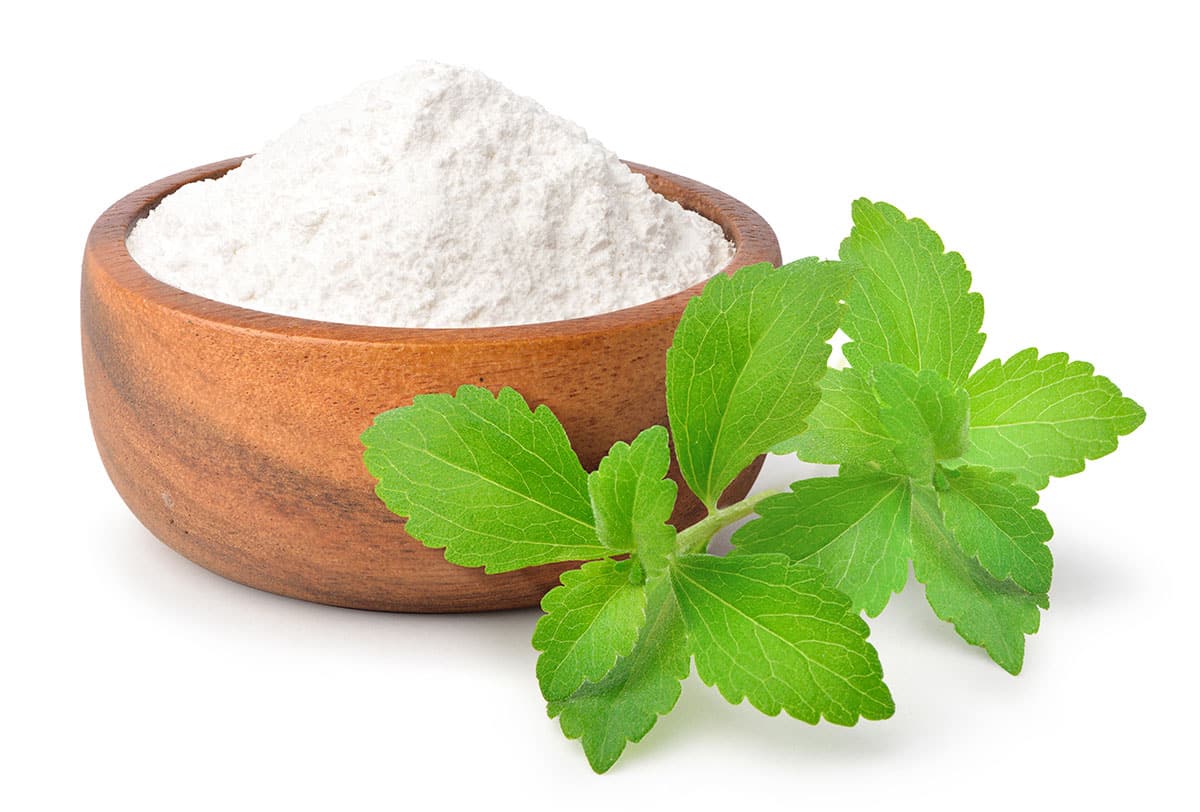
You can also make a stevia simple syrup from stevia powder, which can commonly be found in grocery stores.
Ingredients
- 1 cup water
- 1 tablespoon powdered stevia (or adjust to taste)
Instructions
- Cook: In a small saucepan, bring the water to a boil over medium-high heat. Once the water is boiling, add the powdered stevia to the saucepan. Stir well to dissolve the stevia in the water. Reduce the heat to low and let the mixture simmer for about 5 minutes, allowing the flavors to infuse.
- Cool: Remove the saucepan from the heat and let the stevia syrup cool down. Once cooled, taste the syrup and adjust the sweetness level if necessary by adding more stevia powder.
- Store: Once you are satisfied with the sweetness, transfer the stevia syrup to a sealable glass bottle or jar. Store the syrup in the refrigerator for up to 2 weeks. Make sure to shake the container before using, as the stevia may settle at the bottom.
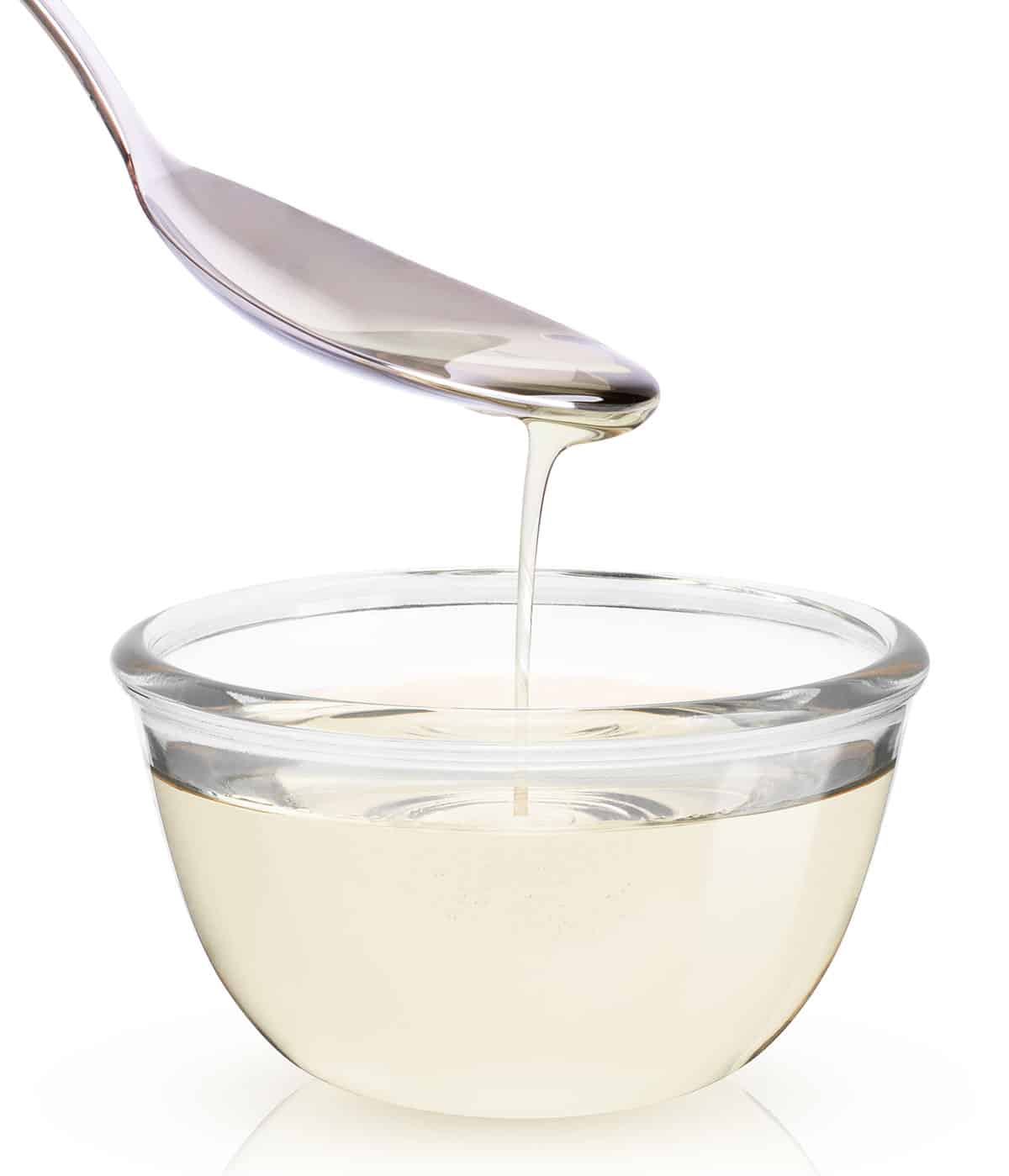
Monk Fruit Vs Stevia: which is better?
Monk fruit and stevia are both popular natural sweeteners that have gained popularity as sugar alternatives due to their low-calorie and low-glycemic index properties. Which you prefer is largely a matter of taste and personal preference.
Monk Fruit
Flavor: Monk fruit, also known as Luo Han Guo, is a small green gourd native to Southeast Asia. The fruit extract is incredibly sweet, without containing any calories or carbohydrates. Monk fruit is generally regarded as having little to no aftertaste compared to some other sweeteners.
Uses: Monk fruit sweeteners are usually made by extracting the compounds responsible for sweetness and then combining them with other ingredients to create a powdered or liquid sweetener. Monk fruit sweeteners can be used in baking, but they may not caramelize or provide the same texture as sugar in certain recipes. This, of course, isn’t an issue in making simple syrup.
An advantage to using monk fruit is that it has a glycemic index of zero, meaning it does not cause a significant increase in blood sugar levels.
Stevia
Flavor: Stevia is a plant native to South America. The sweet taste comes from the compounds in the leaves, particularly stevioside and rebaudioside. Stevia is intensely sweet, around 30 to 150 times sweeter than sugar, depending on the form and purity of the extract. Stevia can sometimes have a slightly bitter or licorice-like aftertaste, especially in higher concentrations.
Uses: Stevia sweeteners are generally produced by steeping the leaves in water, then purifying and drying the extracted compounds to create a powdered or liquid sweetener. Stevia can be used in baking, but its intense sweetness means that you may need to adjust recipes to account for the difference in volume compared to sugar. This is why our directions for making stevia based simple syrup encourages you to taste the syrup as you cook it to scale up the sweetness as desired.
Like monk fruit, stevia has a glycemic index of zero, meaning it also does not raise blood sugar levels.
That concludes our look at simple syrup replacements. We hope you found something you can use here, and as always happy cooking!
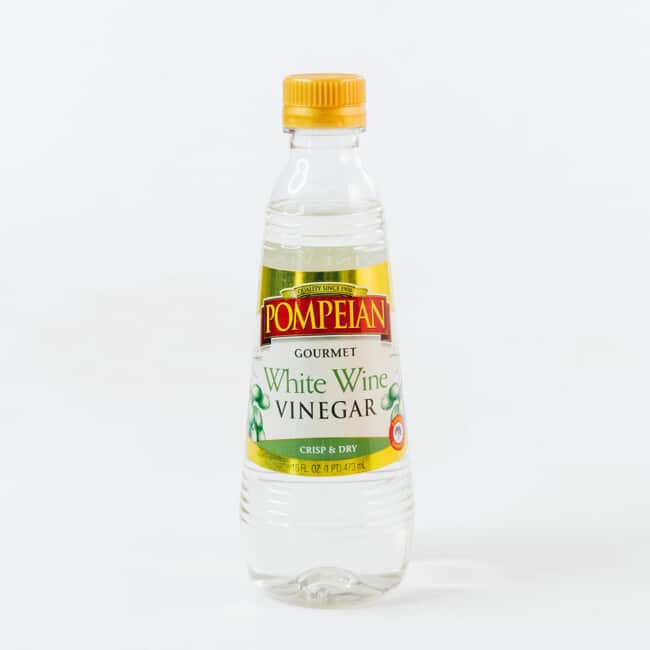
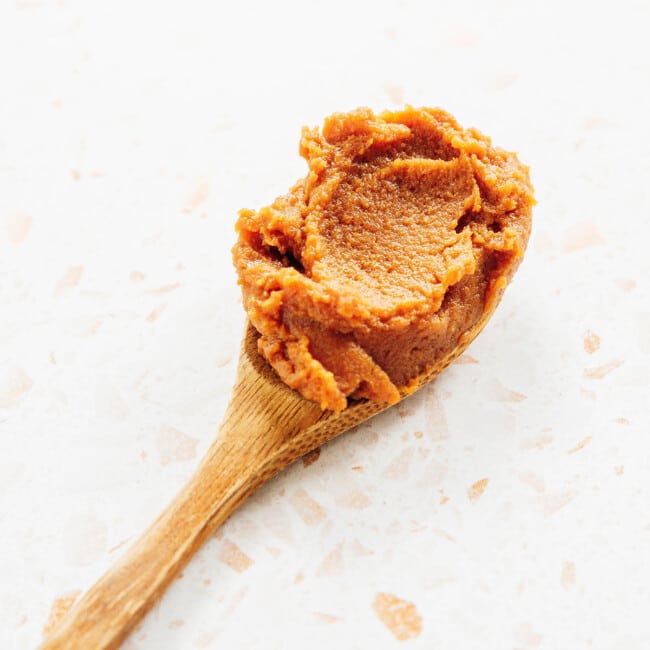
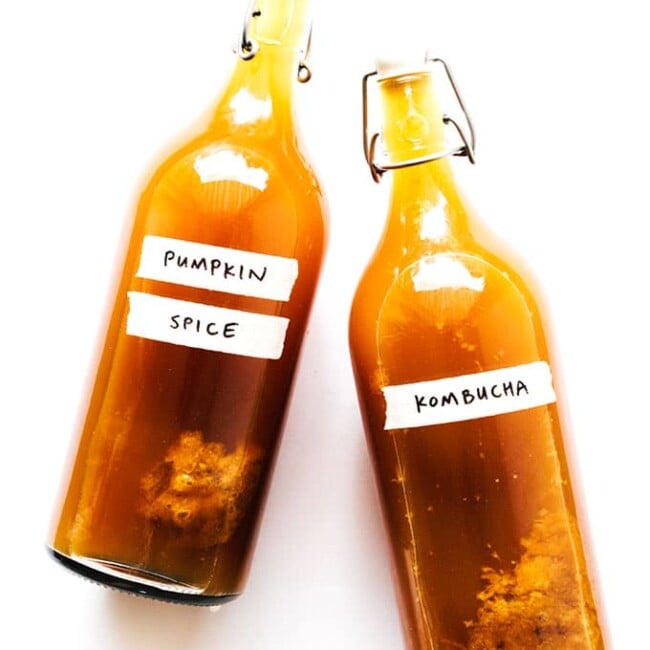
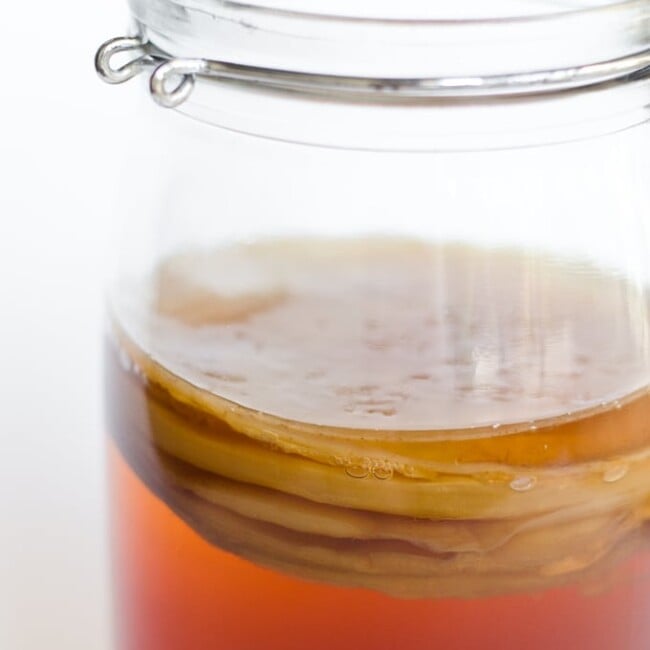
Leave a Comment